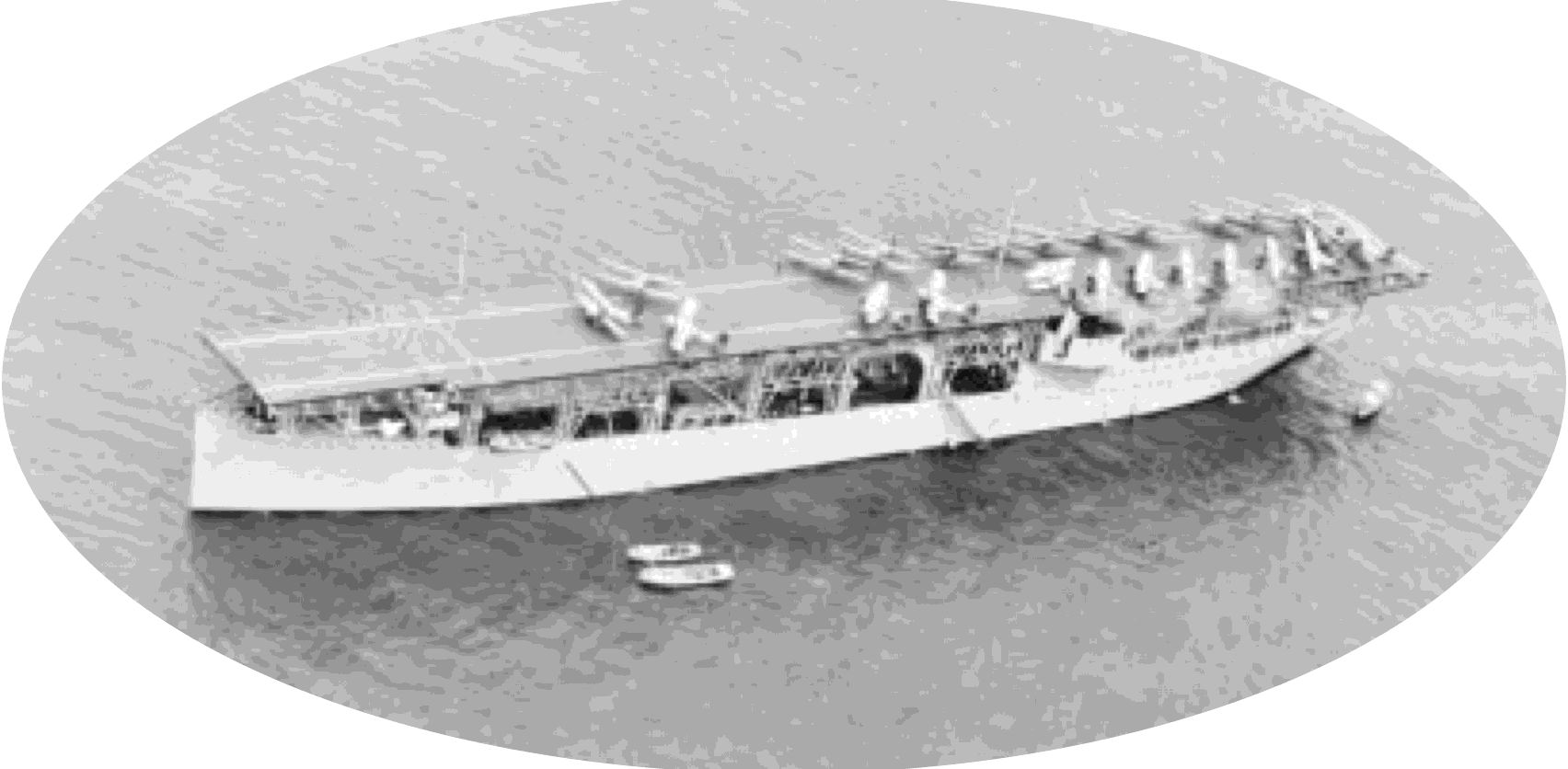
1922
16 January
Parachutes issued for heavier-than-air
use-The Bureau of Aeronautics directed that Army-
type seat pack parachutes be shipped to Marine Corps
aviation units in Haiti, the Dominican Republic, Guam
and Quantico, Va.
6 February
The Washington Treaty, limiting naval
armament, was signed in Washington, D.C., by repre-
sentatives of the British Empire, France, Italy, Japan
and the United States. The treaty established a tonnage
ratio of 5-5-3 for capital ships of Great Britain, the
United States and Japan respectively, and a lesser fig-
ure for France and Italy. The same ratio for aircraft
carrier tonnage set overall limits at 135,000-135,000-
81,000 tons. The treaty also limited any new carrier to
27,000 tons with a provision that, if total carrier ton-
nage were not exceeded thereby, nations could build
two carriers of not more than 33,000 tons each or
obtain them by converting existing or partially con-
structed ships which would otherwise be scrapped by
this treaty.
7 February
The completion of a 50-hour test run of
the Lawrance J-1, 200-hp, radial aircooled engine by
the Aeronautical Engine Laboratory, Washington Navy
Yard, D.C., foreshadowed the successful use of radial
engines in naval aircraft.
2 March
Experimental investigation and develop-
ment of catapults using gunpowder was initiated,
eventually producing a new type catapult for use in
launching aircraft from capital ships.
20 March
Langley,
converted from the collier
Jupiter
(AC 3) as the first carrier of the U.S. Navy, was com-
missioned at Norfolk, Va., under command of her
Executive Officer, Commander Kenneth Whiting.
UNITED STATES NAVAL AVIATION
1910-1995
51
25 March
Research Laboratory as had been provid-
ed for in a public law passed in August 1916.
Following the construction of necessary buildings at
Bellevue, D.C., the Aircraft Radio Laboratory from NAS
Anacostia, D.C., the Naval Radio Research Laboratory
from the Bureau of Standards and the Sound Research
Section of the Engineering Experiment Station were
consolidated at the new organization prior to its estab-
lishment in July 1923. In view of the research orienta-
tion of this facility, it was generally called the Naval
Research Laboratory, and its name was officially
changed to that by the Naval Appropriations Act of
1926.
27 March
To comply with a provision of the law
establishing the Bureau of Aeronautics that its chief
and at least 70 percent of its officers be either pilots or
observers, the Bureau of Aeronautics defined the func-
tions and qualifications of Naval Aviation Observers,
and recommended a course of study for their training.
Upon its approval by the Bureau of Navigation, Rear
Admiral William A. Moffett reported for training, and
on 17 June 1922 qualified as the first Naval Aviation
Observer.
29 March
A change in the aircraft designation sys-
tem was promulgated which added the identity of the
manufacturer to the model designation. Symbols con-
sisted of a combination of letters and numbers in
which the first letter identified the manufacturer and
the second, the class (or mission) of the aircraft. Thus
MO was a Martin observation plane. Numbers appear-
ing between letters indicated the series of designs
within the class built by the same manufacturer (the 1
being omitted) and numbers following a dash after the
class letter indicated modifications of the basic model.
Thus, the second modification of the MO became MO-
2, while the second-design observation plane built by
Martin became M20.
The fil:5t Camel; Langley,
converted from the col-
lier, Jupiter, with fighters
and tOlpedo planes
aboard
185915
 |
5 |
 |